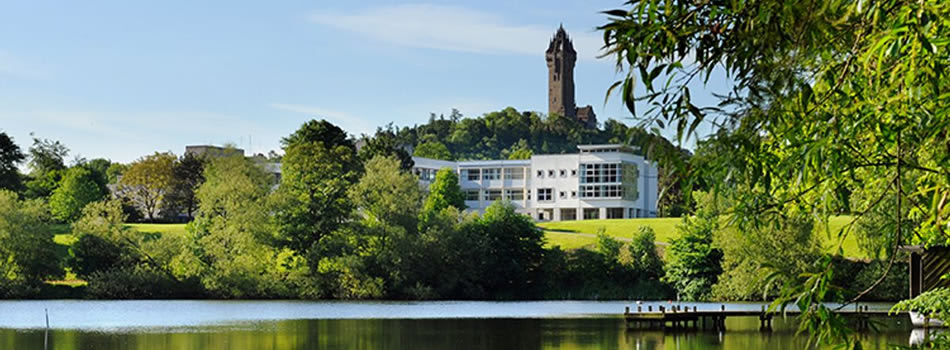To cope with human-driven environmental change species must either move or adapt. Indeed, shifts in the geographical distributions of species are a clear ecological response to environmental change. Global climate change is driving poleward and uphill range expansions in many species, while other species exploit anthropogenic habitat modification and human-mediated dispersal to colonise new habitats. Better understanding of this range-shifting ability is needed to predict ecological responses to environmental change. This project will achieve that by identifying the species’ characteristics that are associated with successful range expansion.
The studentship will focus on range expansions by coastal specialist plants, which have been understudied compared to fully terrestrial species. Coastal salt tolerant plants (termed halophytes) are a tractable group to investigate multiple dimensions of range expansion in a way not possible for other species groups. This is because coastal halophytes have two potential routes for range shifting. First, climate change could allow them to colonise further north along the coastline. Second, winter de-icing of roads using salt has created new halophytic habitats, allowing some species to spread inland onto road networks, often using vehicles for rapid dispersal. This study will be the first to systematically investigate and compare range expansions into natural vs anthropogenic territory.
Towards our overall aim of better understanding species’ range shifting capacity, the student will combine experimental studies and analysis of large databases to research the following questions:
1. Which coastal halophytes are expanding their coastal ranges and which are colonising inland in the UK? Are the same species ‘winning’ at both types of range expansion?
2. What traits or characteristics enable halophytes to colonise the coast and inland roadsides and do related plant species share similar capacities to range shift?
3. Do coastal plants need to adapt to the novel environmental conditions they encounter on inland roadside environments? If so, is this associated with genetic-based shifts in life history traits or tolerance of polluted roadside soils?
Methodology
To investigate recent coastal and inland range expansions of UK coastal halophytes the student will:
A. Compile a historical and current distribution database for coastal halophytes in the UK. We will work with the Botanical Society of the British Isles (BSBI), who maintain the UK’s highest quality plant recording databases.
B. Conduct a standardised analysis of the extent of coastal and inland range expansions to assess overall range trends of halophytes in both environments (e.g. number of grid cells colonised post 2000, northwards or inland spread distance).
C. Test for a positive relationship between the extent of coastal and inland range expansion across species.
To identify the factors promoting coastal and inland range expansion the student will:
A. Compile a database of species’ traits and a phylogenetic tree for the studied halophytes. Traits will be assembled from existing databases (eHALOPH, PlantAtt, etc.) and focus on characteristics related to life history (e.g. longevity), dispersal (e.g. seed number and mass), stress tolerance (e.g. Ellenberg values) and biogeography (e.g. coastal range size, habitat use).
B. Use phylogenetic methods to model range expansion as a function of these traits, while accounting for shared evolutionary history. Model comparison will allow us to isolate the most important traits and test whether related species have similar range shift ability.
To test for evolutionary adaptation to novel inland road environments the student will:
A. Establish a multi-generational common garden experiment for the highly successful inland invader Danish scurvygrass (Cochlearia danica). To collect seed the student will make overseas trips and coordinate with collaborators from across its European coastal range (Portugal to Norway) and inland range (UK to Hungary).
B. Test for genetic differentiation in life history traits (phenology, growth strategy, fecundity) and their correlation to environmental conditions at the collection sites. Winter temperature tolerance and dispersal related traits may be those most likely to have been selected during inland range expansion.
C. Test whether plants from inland populations have improved growth performance on roadside vs coastal soils, consistent with adaptation to novel environmental conditions.

 Continue with Facebook
Continue with Facebook





